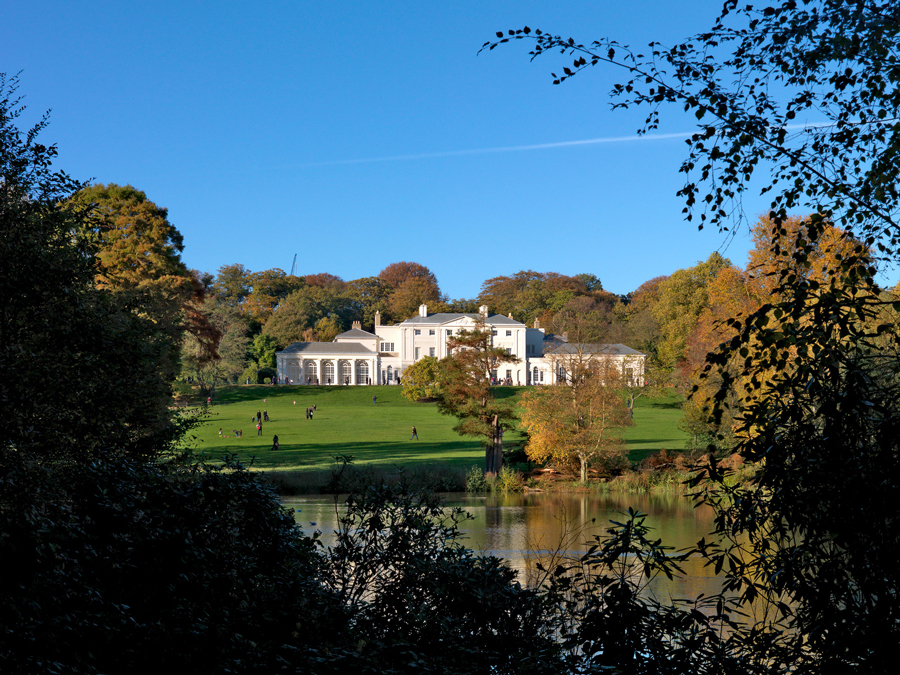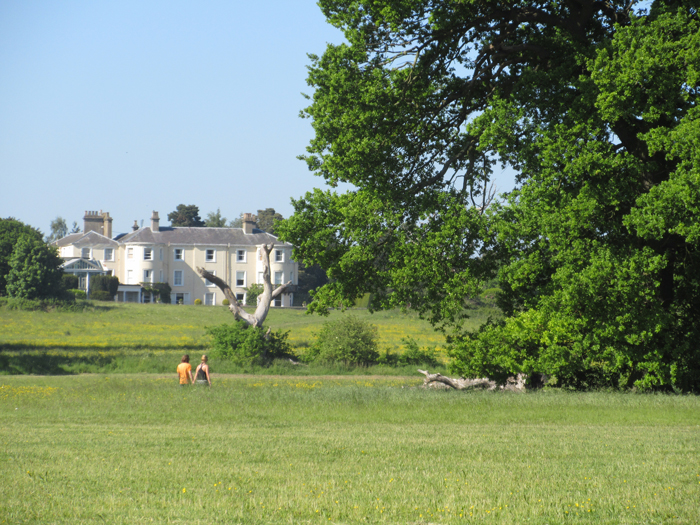Repton bicentenary 2018
This year (2018) marks the bicentenary of Humphry Repton’s death (1752-1818), the last great landscape designer of the eighteenth century.
To mark the bicentenary, The Gardens Trust is leading a collaborative celebration of one of our greatest landscape and garden designers. County Gardens Trusts together with other groups will be arranging events around the country to celebrate Repton’s work throughout 2018.
Repton was born in 1752 in Bury St Edmunds, Suffolk and set himself up as a landscape gardener at the age of 36 after a successful start in the textile business. He stands with ‘Capability’ Brown and William Kent as one of the greatest English landscape designers of the 18th century. He went on to design around 400 English landscapes and gardens becoming a worthy successor to the great ‘Capability’ Brown.
Catton Park
He is famous, not only for his beautiful landscapes, but also for his famous ‘Red Books’ of which some 200 survive. The Red Books contained proposals for his clients as well as his own watercolour paintings, used to better express his vision of ‘before and ‘after’ views of the landscape. Some of the ‘Red Books’ have now been digitized by the University of New South Wales so they are both preserved and readily accessible.
In his excellent book ‘Lives of the Great Gardeners‘, author Stephen Anderton points out that Repton’s landscapes, unlike Brown’s, did not sweep up to the house in great lawns – Repton preferred a formal terrace offering a place separating house and park. For him the house was integral to any landscape and he always created ‘drives’ that meandered to the house, offering flattering views of both house and estate along the way.
 Repton waterscape at Wentworth Woodhouse, South Yorkshire
Repton waterscape at Wentworth Woodhouse, South Yorkshire
Estates where Repton worked include Uppark House, in West Sussex, Welbeck Abbey in Nottinghamshire, Woburn Abbey in Bedfordshire and Attingham, in Shropshire. He might also be called in to ‘improve’ estates, such as at Wimpole, where he presented his Red Book for Earl Harwicke in 1801 in which he recommended removing trees so that the beauty of the house might be revealed and the estate appear to be more wooded.
The National Trust point out that Repton named the commission for Sheringham Park in North Norfolk in 1812 as his ‘most favourite work‘ and it is widely regarded as being one of the best surviving examples of his designs. The National Trust include in their collections the Red Books for Tatton Park, Attingham, Wimpole and Sheringham Park as well as a large number of other sketches and architectural drawings by the designer and his son John Adey.
The Gardens Trust point out that Repton’s work links the landscape design of the eighteenth century and the gardenesque movement of the early Victorian years.
For those organizing events, you can use the Celebrating Humphry Repton logo and publicise them on The Gardens Trust Repton 200 Events page.
For information on National Trust properties associated with Repton please click here.
Further details about Repton, his work, and celebration events can be found on his website www.humphryrepton.org or contacting us at repton@thegardenstrust.org
Picture credits: All pictures reproduced by kind permission of – Banner: Kenwood ©English Heritage; Catton Park © Broadland District Council; Wentworth Woodhouse ©Wentworth Trust



